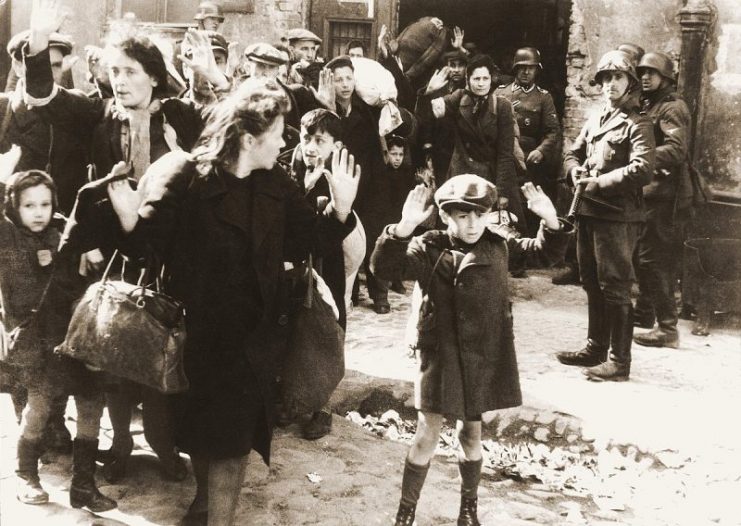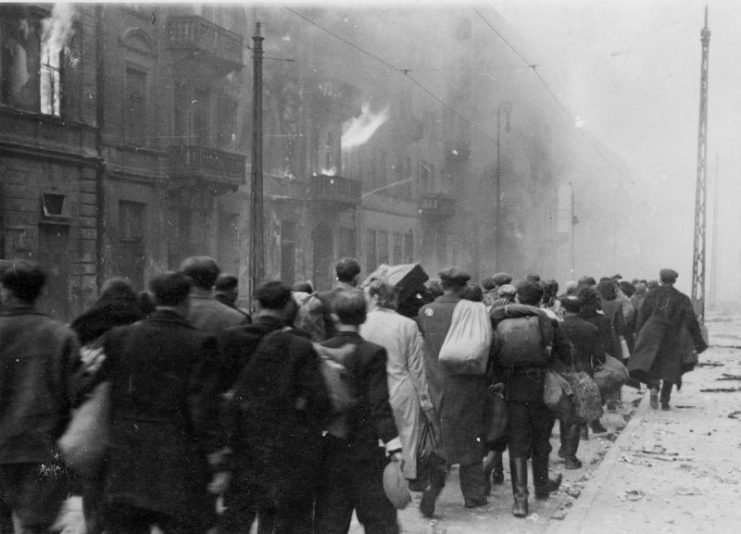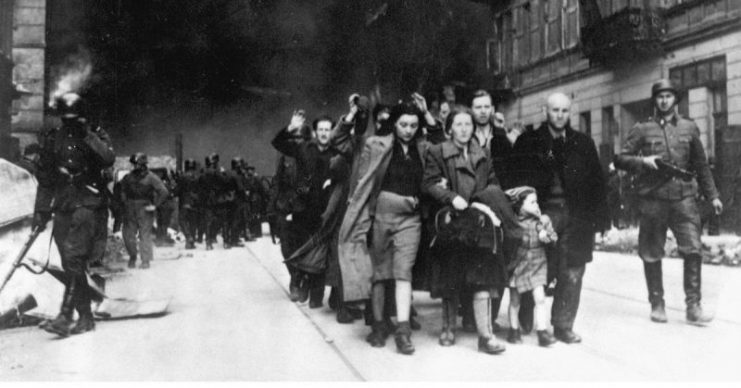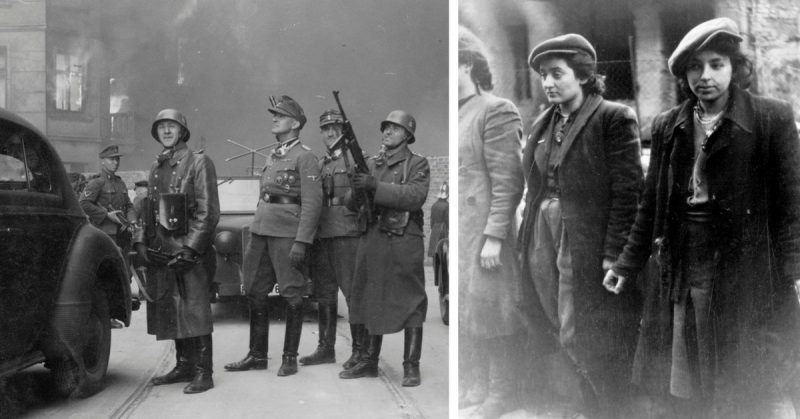On April 19, 1943, a small group of young Jews began an act of defiance against their Nazi oppressors. They had been forced into the Warsaw Ghetto, starved and pushed to take desperate measures. In spite of the odds against them, the rebels held off the mighty Nazi military for almost a month.
The story, truly a “David versus Goliath” epic in every sense, is seemingly made-to-order for American audiences. And in fact, the story has been recounted many times in comics, television shows and Broadway plays. This illustrates the way that many Americans choose to remember the Holocaust, and perhaps it’s the way that they need to remember it.

Leon Uris is a bestselling author and is a good example of this dynamic in American culture. His book, Mila 18, tells a fictional account of the rebellion. His book went on to spend 333 weeks on top of the US bestseller list. Uris’ goal with the book was to counter the prevalent thought that the Jews went meekly to the gas chambers in World War II.

The story he tells in the book is of heroic men and women that, though doomed themselves, would set the stage for the formation of the state of Israel and the resolution of the destiny the Jews had believed in for 2,000 years.
For many Americans, the story is one of hope amidst an environment of pain and despair. It is something to hold onto in the middle of stories about genocide, torture, of death and destruction.

Sonia Klein grew up Jewish in Warsaw. Now 91 years old and living in Brooklyn, New York, she remembers how the hundreds of thousands of Jews in the city were forced by the Nazis to live in an area a little bigger than a square mile.
They had been promised jobs and food if they reported to certain parts of the city. Because they were starving, they went, but there were not enough rooms to accommodate all the people. Many were stranded outside as winter struck. Every morning, passersby found corpses in the streets.

Eventually, the Nazis brought in bombers and leveled the ghetto over the course of 42 days. As many as 42,000 Jews were deported to concentration camps. The rest were killed in the fighting and the bombings.
To Klein, survival was about finding hope and holding on to it. She says that if a person is drowning and they find a straw, they will cling to the straw. The straw will not help them live, but it gives them hope and that hope is what will help them survive.

The story of the Warsaw Ghetto sometimes told of Jews who behaved badly, Nazis who were sympathetic, of elderly inhabitants who were beaten and humiliated, of disease and starvation.
But it also tells of those who continued to teach the Torah, even though the act was punishable by death, and people who created art and music. It is a complicated tale of heroics and survival, betrayal, and oppression.

Remembering the heroic version of the Warsaw Ghetto is to only remember one part of the entire story, and the valiant rebellion only lasted for 28 days. The rebels were only 750 of the 500,000 people living in the ghetto, every one of which has a story to tell.
